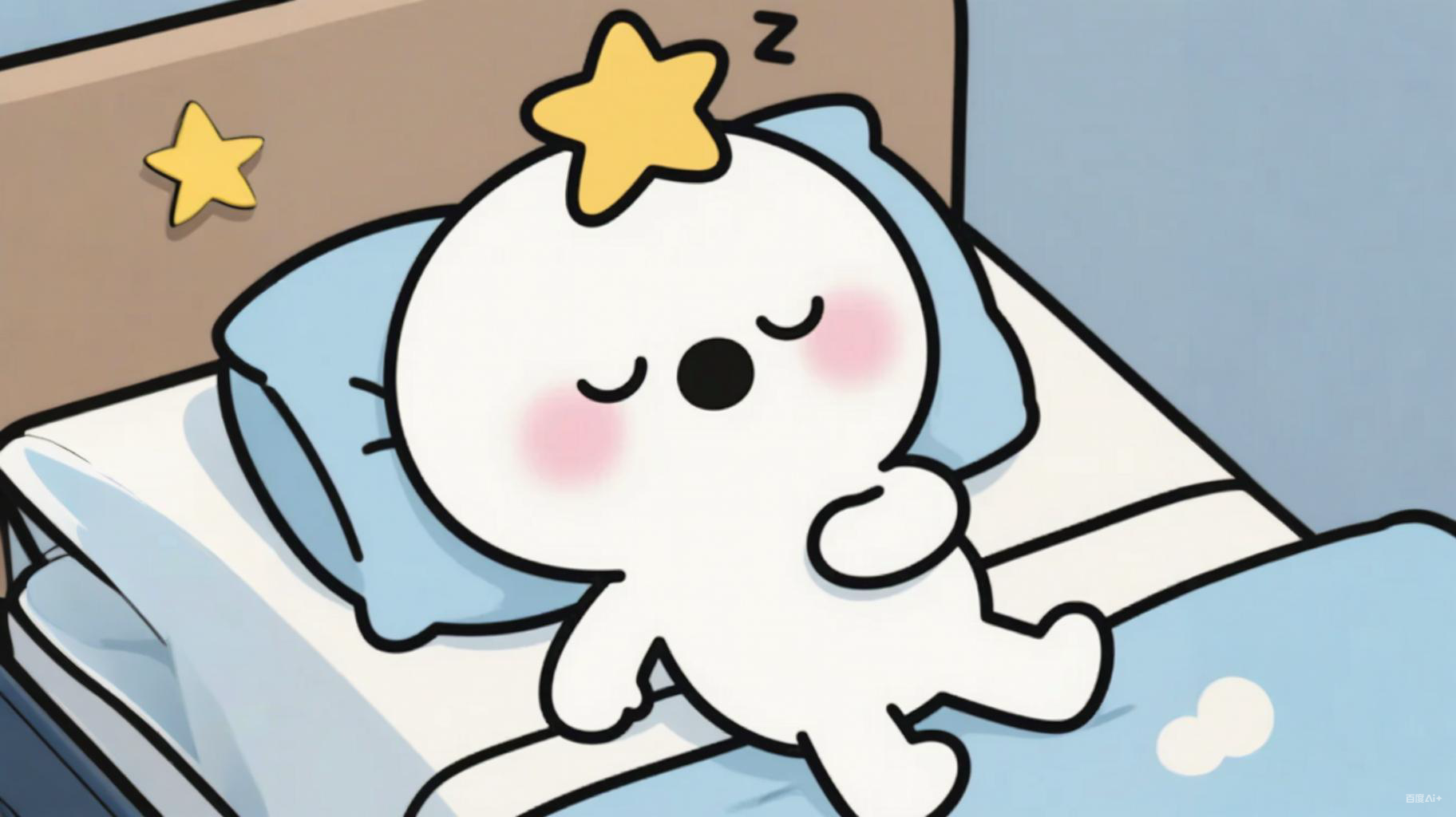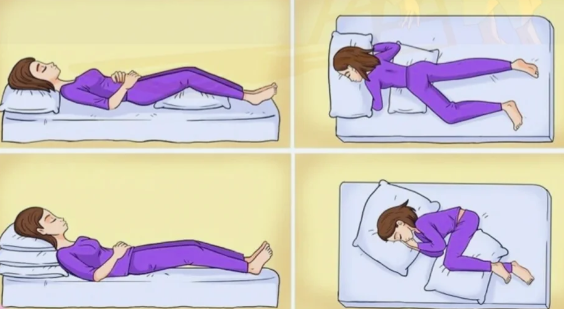Currency


1、 Introduction: The Strange Experience of Getting More and More Tired the More You Sleep
Have you observed that on occasion we sleep all night time and wake up even extra tired?
Specially the feeling of soreness at the outer facet of the hips and knees, it is absolutely irritating and helpless. We have also experienced such stages ourselves - massage, stretching, hot compress, and plaster application have all been tried, but the results are quite limited. Until one day, we accidentally placed a soft pillow between our legs while sleeping. The next morning when I woke up, it's not an exaggeration to say that the soreness and swelling in my waist, sacroiliac joints, and even the outer thighs had all eased a lot.
Later on, we realized that sleeping position was the key factor in relieving IT band pain.

2、 Why Does It Cause Pain
To find the most comfortable way to sleep, you need to first understand what IT belts are.
The full name of IT band is Iliotibial Band, which is a connective tissue that extends from the hip to the outer side of the knee, like an "elastic band", helping us maintain hip and knee stability when walking, running, or climbing stairs.
The problem is - it's too 'dedicated'.
Long term sitting, incorrect running posture, and imbalanced muscle strength can all cause this fascia to tense up to an "explosion". When the IT belt is in a high tension state for a long time, it will rub against the tissues on the outer side of the knee or hip, causing pain, commonly known as IT belt syndrome.
We have seen many running enthusiasts and office workers fall for it. Even worse, sleeping in the wrong position at night can worsen the pain. Sleeping one night is more tiring than working overtime, that's the situation.
3、 Why Sleeping Position Can Relieve It Pain
It may sound like sleeping is just rest, but in fact, it is a critical period for the body to 'repair'.
If the posture is not correct, it is equivalent to keeping the IT supervisor in a tense state all night.
For example:
If you like to sleep on your side but there is no support between your legs, the upper leg will fall down, causing the hip joint to twist and pull the IT strap.
If you are accustomed to sleeping down, your lumbar spine and pelvis will also be forced to rotate, causing the outer side of your hips to become tighter.
Even if sleeping on one's back, if the legs are suspended and the knees are extended too straight, it will keep the muscles around the hip joint in a tense state.
We like to make an analogy:
The wrong sleeping position is like making your IT team paintings additional time for eight hours at night, and waking up within the morning clearly feels bitter and bloated.
At the contrary, if the posture is correct, it is able to loosen up muscles, relieve hip and knee pressure, and deliver the body a threat to surely restore. That is why finding the exceptional drowsing function for IT band pain is so important.
4、 The Best Sleeping Positions We Have Practiced

After repeated attempts, we found that there are several sleeping positions that can truly relieve IT pain significantly.
1. Back sleeping+pillow support under the knees
This is our most recommended and comfortable option.
Whilst napping on the again, the spine stays certainly neutral and does no longer excessively compress the hips and knees.
Vicinity a tender pillow under the knee to calmly distribute stress at the back of the thigh and waist.
Particularly appropriate for human beings with vintage knee or hip accidents.
At the moment you wake up, you will clearly feel that your waist is more relaxed and your legs are no longer tight.
The best sleeping position for IT band pain is not mystical, and this combination can indeed help us relax the muscles around the IT band.
2. Side sleeping+pillow between legs
The one we use the maximum regularly is that this.
It is okay to sleep to your side, but the key's to have a pillow between your legs.
When the legs are supported, the higher leg will no longer fall, that may prevent pelvic rotation and keep away from pulling the IT strap.
Key pointers:
Pillows should be tender however supportive. If they're too tough, they may be uncomfortable to press, and if they may be too tender, they'll not have a setting apart effect.
If the ache is focused on one facet, it's far endorsed to sleep at the uninjured side.
We commonly want to maintain our pillows upright so they won't run away while we flip them over.
The next morning once I awaken, the sensation of "tightness in my side waist" may be notably decreased.
3. Avoid lying down (Stomach sleeping)
Lying down is one of the worst sleeping positions.
It will cause unnatural twisting of the pelvis, lumbar lordosis, forced elongation of the hip joint and IT band.
Long term sleeping not only fails to relieve pain, but also exacerbates inflammation.
If you cannot exchange the dependancy of sleeping to your returned, you may place a skinny pillow below your hips to barely lessen the pulling sensation, but it's exceptional to gradually transition to drowsing on your again or aspect.
5、 What Other Methods Can Relieve It Pain Besides Sleeping Position
1. Choose the right mattress
Don't underestimate the mattress, it determines the support effect of the body at night.
We recommend using a medium firm mattress.
Too soft can cause hip sagging and IT straps to be pulled; If it is too hard, it can cause tender points.
A suitable mattress can evenly distribute body weight and is a good partner for the "best sleeping position for IT band pain".
2. Reasonable use of pillows
In addition to leg pillows, head pillows are also crucial.
A pillow with moderate height and soft support can maintain cervical balance and prevent the body from tilting as a whole.
3. Relax before bedtime
We often spend 10 minutes before bedtime:
Perform mild stretching
Use the foam shaft to roll the outside of the IT belt
Or take a hot bath to relax your muscles
This can help the muscles enter a relaxed state in advance and reduce nighttime tightness.
4. Adjust lifestyle habits
Avoid prolonged sitting (take a few steps every hour when getting up)
Strengthen the training of the gluteus medius and gluteus maximus muscles to improve muscle balance
Warm up before running to avoid sudden increase in training intensity
These small habits combined have a very noticeable effect. We have received feedback from customers that simply adjusting their sitting and sleeping positions almost eliminates the pain.
5. Adjuvant therapy
If the pain persists with out comfort, you may try:
Physical therapy (therapists can help relax the fascia)
Alternating between cold and hot compress
Use the foam shaft to gently roll the outer thigh
As long as you cooperate with the correct sleeping posture, the recovery speed will be much faster.
6、 Summary: Don't Let the Wrong Sleeping Position Ruin a Good Night's Sleep
We have personally experienced that changing sleeping posture, which may seem small, can be the key to solving IT related pain. The best sleeping position for IT band pain is not a mysterious technique, but a scientific sleeping technique that understands the body's needs.
Sleeping on the back+knee pillow: spinal neutrality, hip and knee decompression;
Side sleeping+leg pillow: reduces pelvic rotation and protects the IT belt;
Choosing the proper mattress and pillow: making the night time truly a second of bodily recovery. Pain isn't always horrifying, what is scary is ignoring it. Starting tonight, try adjusting your sleeping position, perhaps you may discover——Waking up in the morning, my body feels as light as a new person.
Erreur de format d'e-mail
emailCannotEmpty
emailDoesExist
pwdLetterLimtTip
inconsistentPwd
pwdLetterLimtTip
inconsistentPwd